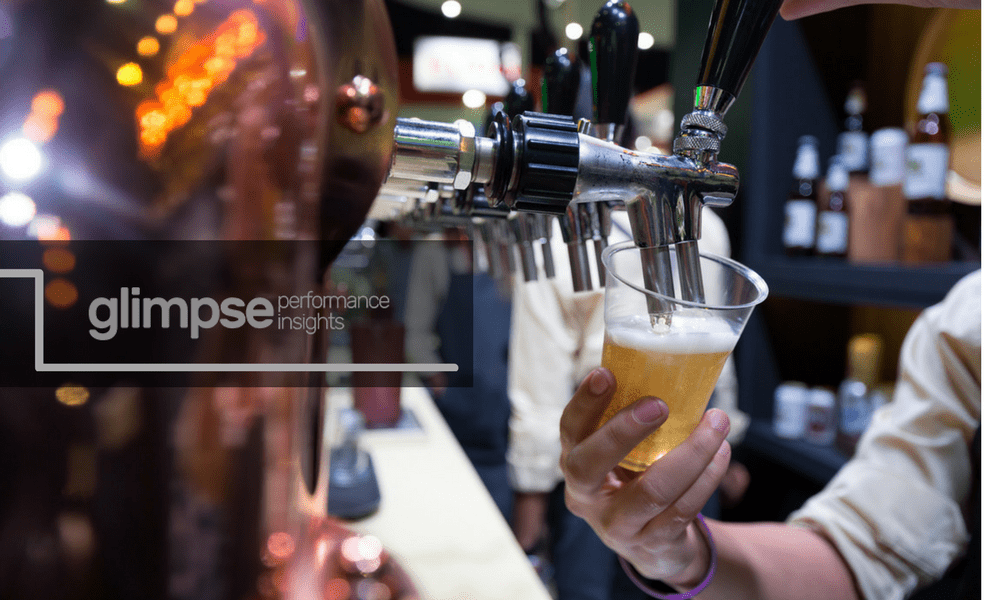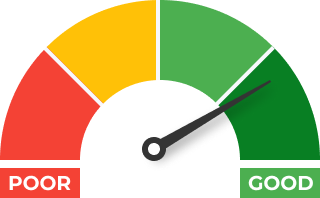Running a bar and restaurant is tough to say the least. In the post-COVID era, the job has not become any easier, with at least 10% of all restaurants permanently closing their doors. You have managed to weather the storm and are looking forward to bringing in more revenue.
In a recent report from the National Restaurant Association, 52% of consumers would prefer to spend money on an experience such as dining out in a restaurant or visiting a bar than purchasing a new item. This means that if you get the formula right, there is enough room to increase both your footfall and profit margins.
In this post, we will dive deeper into the topic of beverage management and how you can benefit from some quick and easy wins by investing time into this lucrative part of the industry!
Without further ado, let’s get started!
What is Beverage Management?
With the term ‘Beverage Management’, I mean the selection, procurement, and sale of drinks in order to bring a profit to your business. This should be an ongoing process with a strong focus on research to identify new drink trends. Remember when kombucha became popular in the mid-2000s? Remember how much you could charge for this specialty beverage? You don’t want to miss out on the next opportunity to wow your customers and boost your profits.
A varied drinks menu requires an abundance of specialized ingredients. You also need to ensure that you don’t run out of the most popular ingredients as there is nothing more irritating than falling in love with a drink on a menu, only to find out that it isn’t available.
Why is Beverage Management So Important?
Drinks play an increasingly important role across the hospitality industry. What do you do when you first arrive in a restaurant? Order a beverage! Long gone are the days of solely offering coffee, soda, and beer… these were simpler times. Across all industries, not just hospitality, the modern consumer is more demanding. When it comes to bars and restaurants they frequent, they expect a varied and creative drinks menu.
The good news? They are prepared to pay for the experience. With exotic teas and unusual juices the norm in the majority of establishments, you need to up your game in order to stand out and encourage repeat business.
Having a unique and diverse drink selection allows you to charge more for the ‘unusual’ menu choices, thus increasing your profit margin. A customer may order within the same price range for their food options on each visit but might spend an extra 4 dollars on an unusual drink. Imagine each table doing this, and see your profits rise.
Beverage Management should not be forgotten nor underestimated. If you are unable to have a full-time Beverage Manager, you should make sure that someone takes full responsibility for focussing on beverages as it is often left behind with the focus being more on food. This is a huge mistake, as we can see that beverages can be just as important, both for reputation and revenue.
10 Tips to Improve Beverage Management in your Bar and Restaurant
Now that we’ve had a look at beverage management and why it’s important, it’s time for our top 10 tips to improve it.
1. Think about your customers
First of all… your beverage offerings should cater to your clients. Where do they come from? What do they do? Are they students coming in for a beer? Families dining together? The after-work crowd looking to socialize before heading off home?
Prior to making any changes, I would recommend looking at your hard data. Pull reports from your Point of Sale software and see what is currently selling well. Do 50% of your sales come from beer? Reduce the other options on offer and spend some time investigating craft beers and ale that you can add to your menu. Most of your sales are in cocktails? Why not create a signature cocktail with local flair and upgrade your current offering with hot new ideas.
2. Keep your menu updated
The beverage market is constantly evolving with popular culture chipping in to make an impact (a new James Bond film often means a boost in Martini sales and the Cosmo enjoyed a renaissance with Sex and the City!). Create a schedule to check out your hard data once a month and capitalize on visible customer trends. I would also recommend to keep an eye on the seasons and change your menu accordingly, no-one wants a sinfully delicious hot chocolate in mid-July, nor an iced fruit blend in November!
3. Keep things local
Investigate the drinks scene in your county, city, and state. Is there an up-and-coming brewer that is making waves? Does a local gin distillery catch your eye? Customers are happy to pay a premium to support local businesses. It can also lead to increased custom, as your supplier will advertise that their products are available in your establishment. It’s a Win-Win!
4. Be smart with your choices
Some creative drink ideas may sound amazing but could be difficult to implement. Think of fruit smoothies, extravagant coffee toppings…they take a whole heap of time to create and will add to your bartenders’ workload. Is it worth it? This is a decision for you to make based on your customer base. Consider different ways to create impressive options that will be quick to pour and can still be sold at a high price point.
5. Check out your competition
Research your customers’ other haunts. Visit other bars and restaurants in your area to see what they are doing right and what you would do differently. Scrutinize their beverage menus and question the servers about drink pairings. You will get some great ideas on how to improve both your level of services and products that you offer.
6. Keep up with industry news
It is important to know what is going on in the world of drinks. Subscribe to publications like the Beverage Industry for up-to-date product launches and the Glimpse Blog for interesting posts and top tips on beverage management. You should be a fountain of knowledge when it comes to drinks, and don’t forget to share this knowledge with your team. On that note…
7. Involve your team and train them well
Include your team in the decision making process so they understand the importance of a concrete beverage management strategy and buy-in to the changes that you are implementing.
Often diners ask for drinks recommendations. Training your staff correctly will not only provide impressive service but also lead to successful upselling. Well trained staff can be a great asset for lead generation, increasing your score to rise in review site rankings leading to further new business. When choosing a restaurant, millennials and Gen z-ers are 99% more likely to rely on restaurant reviews than previous generations, so you need to keep this in mind when encouraging your team.
8. Avoid offering too many options
Yes, there are a bunch of cool drinks out there that you could add to your menu. I beg you, please exercise some restraint! You don’t want to overwhelm your customers with 1000 beverages on offer. Not every customer will choose a specialty drink and some just want a regular cola. Make sure you keep the old staples on the menu and improve the already existing offering instead.
9. In Vino Veritas (In wine, there is truth)
Spend some time on your wine menu – this can be an easy way to impress your clientele. Research local suppliers, look into young Napa Valley or Sonoma producers as they are disrupting the wine business with new ways of wine-making. Make sure you stock wines that are not easily found in the supermarket – creating intrigue and encouraging customers to try new varieties.
10. Remember to always look at the bottom line
Set your drink prices for the profit that you want. For cocktails and hard liquor, calculate the cost per ounce and then add the cost of extra ingredients. As an indication, you should aim for a pour cost of:
- 18% for liquor
- 22% for wine
- 20% for beer
- 8% for non-alcoholic drinks
You can use this as a starting point for your pricing but it’s not the only factor. You should also take into consideration your clientele and competition to figure out the maximum that your customers would spend.
Don’t forget to analyze your data on a regular basis to see the profit and loss of each item on your drinks menu. This will help you to ensure that all products are making you a decent profit.
Conclusion
Managing beverages in your restaurant doesn’t have to be complicated, once you implement a strategy based on the above points. By following our top tips and investing time into finding the right products you will see a concrete increase in both customer satisfaction and profits.
One last tip? Whatever you do, keep your customer top of mind with every decision you make. You won’t go far wrong.
Glimpse provides business analytics and loss prevention technology for bars, restaurants and nightclubs.
Business Insights With Glimpse

You might also like:








 +1 (786) 292-2373
+1 (786) 292-2373 insights@glimpsecorp.com
insights@glimpsecorp.com





